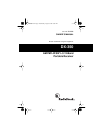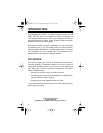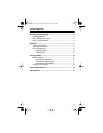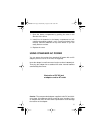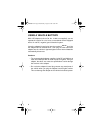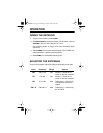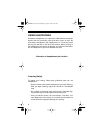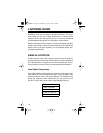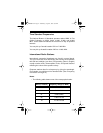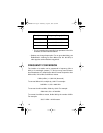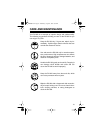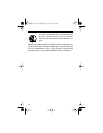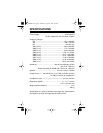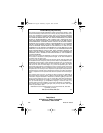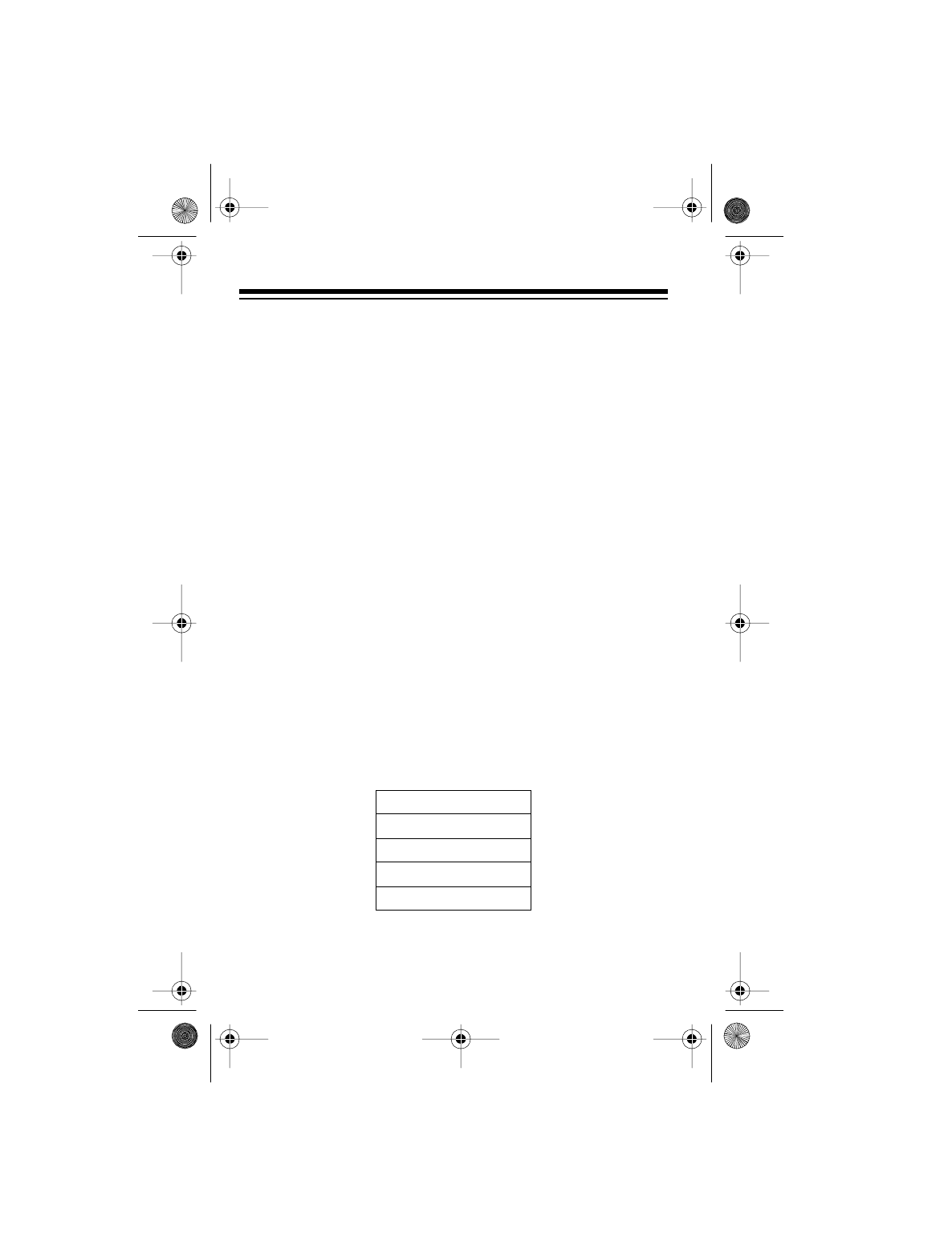
10
LISTENING GUIDE
Worldwide, there are thousands of shortwave listeners. The short-
wave hobby can be very exciting. Newscasts of a country where
important events are taking place give you a sense of immediacy
and participation that reports on local stations cannot deliver.
Being a shortwave listener requires no special knowledge. Random
tuning is a good way to become acquainted with various bands and
stations. But as you gain expertise, you will probably acquire spe-
cial listening techniques.
BAND ALLOCATION
Certain portions of the radio frequency spectrum are set aside for
specific purposes. Each range of frequencies is called a radio band.
See “Specifications” on Page 15 for the band frequencies. The fol-
lowing sections list some of the most interesting band allocations.
Ham Radio Frequencies
Ham radio operators often broadcast emergency information when
other means of communication break down. They use Morse code
(called continuous wave) and single sideband. The following chart
shows the continuous wave frequencies you can receive on the
DX-350. The DX-350 cannot receive single sideband signals.
3,500–3,800 kHz
7,000–7,150 kHz
14,000–14,200 kHz
21,000–21,250 kHz
28,000–28,500 kHz
20-209A.fm Page 10 Wednesday, August 4, 1999 8:36 AM



